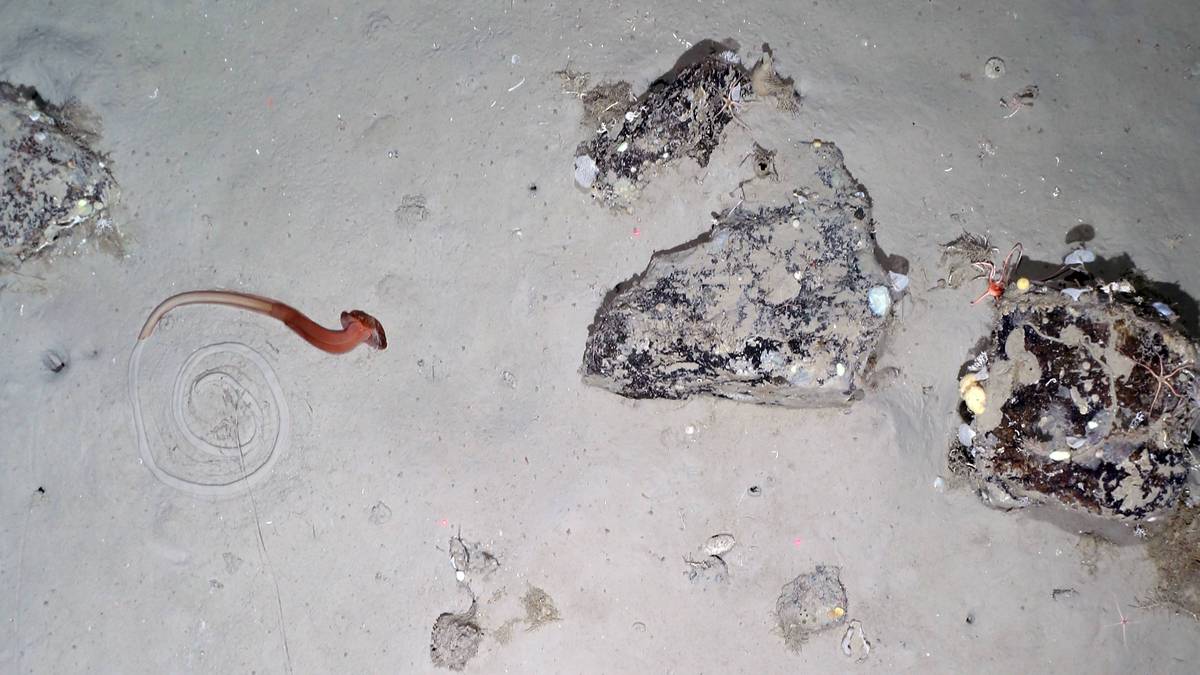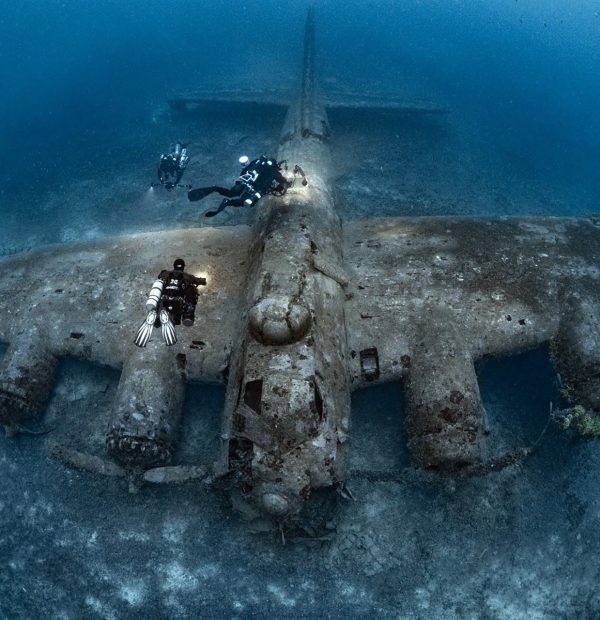Tuesday, 23 April 2024
Menu

For five decades, the ocean hidden beneath this massive block of ice has remained hidden in shadow. Now, after a section of the Brunt Ice Shelf has broken away, the first rays of sunlight are finally reaching the seabed after many years. A unique spectacle, you might say, and the crew of the German research vessel that happened to be nearby had front-row seats.

For several weeks the icebreaker Polarstern waited until the gales and dangerous waves subsided. Only then was it able to circumnavigate the huge iceberg (the detached fragment was compared in size to twice the size of the city of Chicago). Last week the ship and its crew finally got their chance.
Scientists exploring Antarctic seabed located at depths of over 800m have reported incredible levels of biodiversity. And all on the until recently inaccessible Antarctic seabed, which was suddenly exposed to sunlight.

A gigantic iceberg measuring 500 square miles separated from the Brunt Ice Shelf on 26 February. Experts from the Alfred Wegener Centre for Polar and Marine Research (AWI) and researchers aboard the German icebreaker Polarstern, reported a unique opportunity to peer into this underwater environment. This remarkable ecosystem normally exists in total darkness, hidden under hundreds of metres of ice.
When the storm subsided and conditions improved, the ship was able to enter the area between the iceberg, marked A74, and the Brunt Ice Shelf. The team was studying the effects of climate change in Antarctica. Usually, this comes down to drilling holes in the ice cap to collect sediment and water samples. However, this time was different.

It is rare to be around when the region becomes ice-free and comes into contact with sunlight. In Antarctica, icebergs of this size break off about once every 10 years. – explain the researchers from the Alfred Wegener Centre
Using an ocean floor observation and bathymetry system, the team was able to film the seabed to a depth of around 800m. This was done using cameras on a platform towed under the ship on an extended cable.

Scientists were surprised to see numerous anemones, sponges and soft corals. They had settled on rocks of various sizes that glaciers had carried out to sea before they would have fallen to the muddy sea bed. Now they want to find out if they are feeding. It is not usually the case that their typical phytoplankton food can be found in such a dark environment.
At least five species of fish and two species of squid were also recorded, along with teatrops, starfish and a range of other molluscs.










Welcome to DIVERS24.COM, your daily source of scuba news, freediving, scuba diving information, and equipment reviews. Our comprehensive coverage of the dive industry from A to Z provides you with all the latest scuba news, training updates, underwater photography tips, and everything else related to scuba diving. Whether you’re a beginner or an experienced diver looking for more knowledge about scuba gear or techniques – we’ve got it covered! With our in-depth articles written by experienced divers who have been there and done that, you are sure to find exactly what you need here at Divers24.com. Dive into scuba news today!
Underwater Media Sp. z o.o.
Szafarnia 11/F8,
80-755 Gdansk, Poland
Welcome to DIVERS24.COM, your daily source of scuba news, freediving, and scuba diving information. Sign in for a weekly news update and discount coupons for dive gear and apparel.
@2023 - underwatermedia.pl. All Right Reserved. Designed and Developed by Tworzenie stron internetowych Gdansk

The Divers24 portal is currently the largest online medium treating diving in Poland. Since 2010 we have been providing interesting and important information from Poland and around the world on all forms of diving and related activities.
Contact us: info@divers24.com